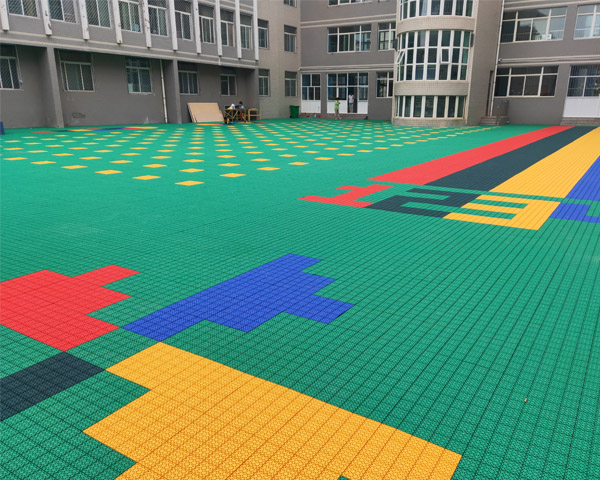Oct . 22, 2024 13:19 Back to list
Exploring Different Types of Basketball Court Surfaces and Their Benefits
Types of Basketball Floors A Comprehensive Overview
Basketball is a sport that transcends borders, cultures, and ages. Central to the game is the court upon which the action unfolds. The type of flooring used can significantly influence player performance, safety, and overall game quality. In this article, we will explore the various types of basketball floors, discussing their materials, advantages, and applications.
1. Wood Flooring
Wood is the traditional choice for indoor basketball courts. Most professional and college arenas feature maple wood floors due to their durability and performance characteristics. The smooth surface enables excellent ball bounce and grip, which is crucial for making precise shots. Additionally, wooden floors have a natural shock absorption quality that helps reduce the risk of injuries, especially during high-impact plays. However, they require regular maintenance, such as refinishing and sealing, to protect against scratches and moisture damage.
2. Synthetic Flooring
In recent years, synthetic flooring options have gained popularity, particularly for both indoor and outdoor courts. These floors are typically made from materials like polyurethane or PVC. Synthetic surfaces are designed to mimic the feel of wood while providing enhanced durability and weather resistance. They are often more affordable and easier to maintain than wood floors. A well-known example is the SportCourt system, which features interlocking tiles that can be installed over various surfaces, making it ideal for temporary setups or community courts.
3. Asphalt
types of basketball floors

Asphalt is primarily used for outdoor basketball courts, especially in urban settings. It is cost-effective and relatively easy to install, making it a common choice for schools and parks. However, asphalt courts can become slick when wet and may not provide the same level of grip and bounce as wood or synthetic surfaces. Proper maintenance, including sealing and repairs, is essential to extending the lifespan of an asphalt court, as exposure to the elements can lead to cracking and deterioration.
4. Rubber Flooring
Rubber flooring is another alternative that is becoming increasingly popular. It offers an excellent combination of cushioning and traction, reducing the likelihood of injuries from falls and jumps. Rubber surfaces are available in various styles, including rolled sheets and tiles, making them versatile for different court layouts. They are particularly well-suited for recreational facilities and multipurpose gyms where basketball is played alongside other activities.
5. Grass Courts
While not common in competitive basketball, grass courts have been used in informal pickup games, especially in backyards and parks. They can provide a unique playing experience and a softer landing for players. However, grass courts are inconsistent in terms of surface quality and can become muddy and uneven, making them unsuitable for serious play.
6. Conclusion
Choosing the right type of basketball floor is crucial for optimizing player performance and ensuring safety. Wood floors, with their traditional appeal and superior playing characteristics, are often seen in professional settings. Synthetic and rubber options provide versatility and durability, making them perfect for recreational use. Asphalt serves as a budget-friendly choice for outdoor courts, while grass offers a casual and relaxed playing environment. Ultimately, the choice of flooring will depend on the specific needs, budget, and intended use of the basketball court. By understanding the various types of basketball floors available, coaches, players, and facility managers can make informed decisions that enhance the game experience.
-
Wood Sports Flooring Enhanced by GPT-4-Turbo | Top Performance
NewsAug.02,2025
-
Sport Court Tiles with AI Innovation | Durable & Safe
NewsAug.01,2025
-
Vinyl Carpet Flooring | Durable & Waterproof Design
NewsJul.31,2025
-
Premium Basketball Board Stand with GPT-4-Turbo AI
NewsJul.31,2025
-
Premium Maple Flooring for Gyms & Homes | PVC & Vinyl Options
NewsJul.30,2025
-
Premium Outdoor Basketball Court Tiles for All Weather Use
NewsJul.30,2025

